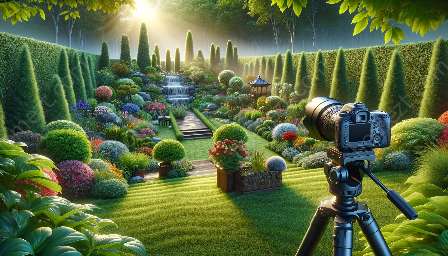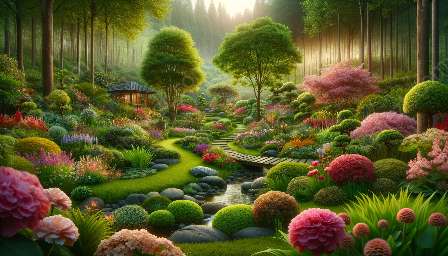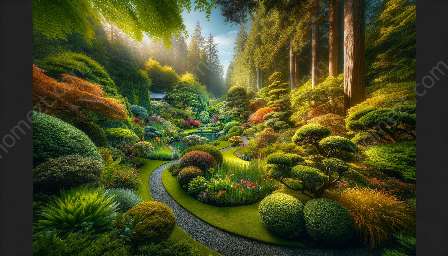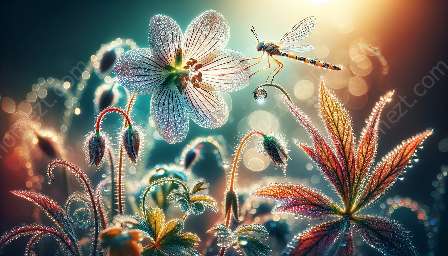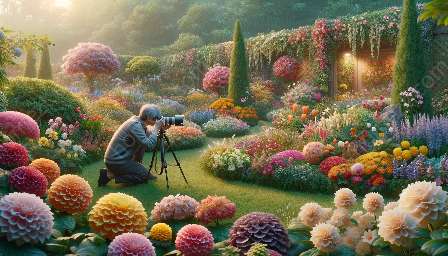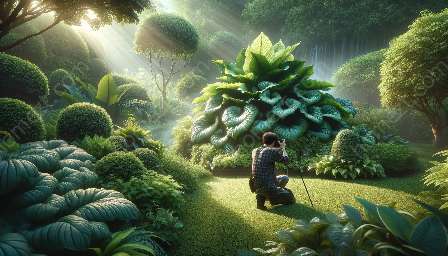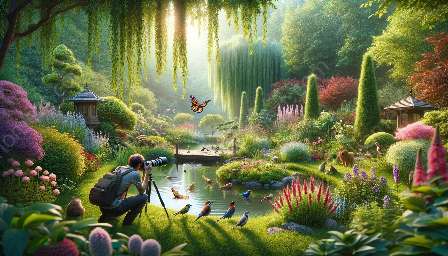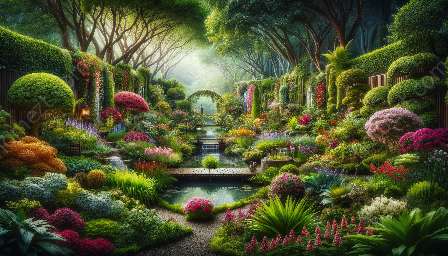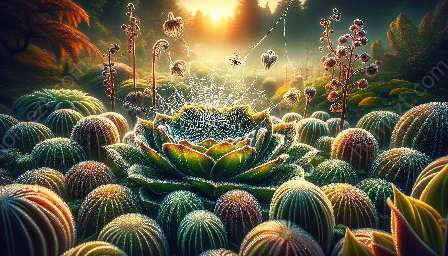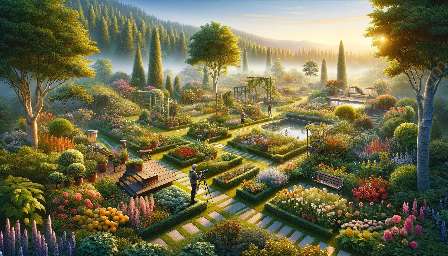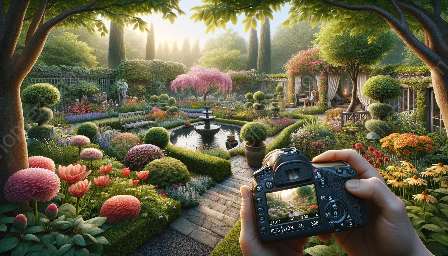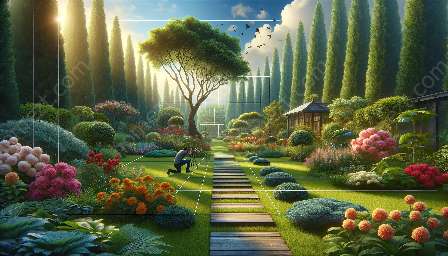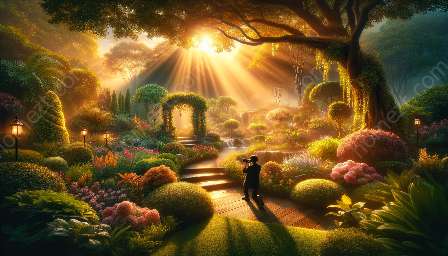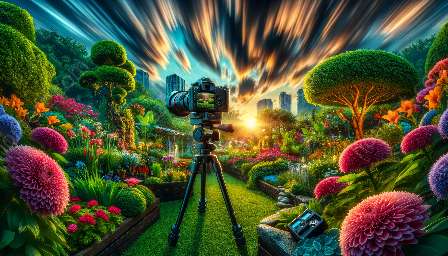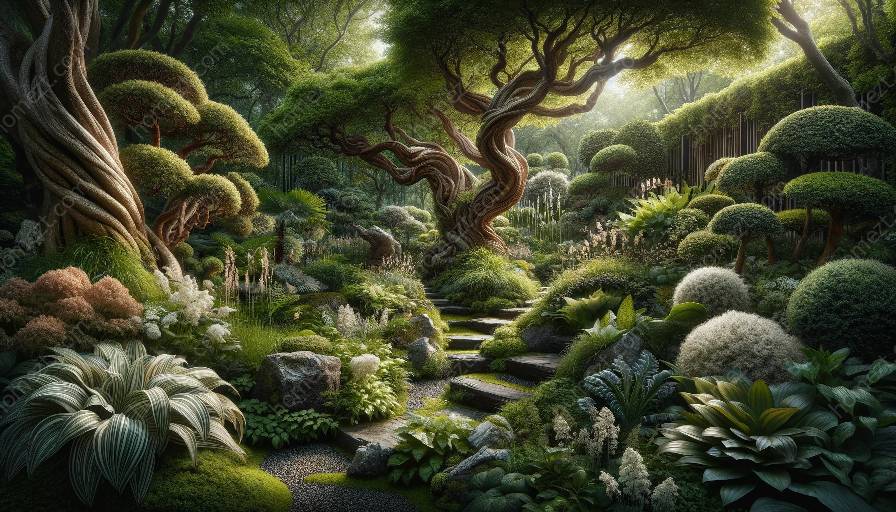Texture and patterns play a crucial role in enhancing the appeal of garden photography and the overall aesthetic of gardening and landscaping. From the intricate details of a leaf's surface to the mesmerizing patterns of a flower petal, the natural world offers a rich tapestry of textures and patterns to explore and incorporate into your garden photography and landscaping endeavors.
The Significance of Texture and Patterns
Texture and patterns are fundamental elements that contribute to the visual interest and depth of garden photography. The interplay of light and shadow on various textures creates captivating compositions, while patterns add rhythm and harmony to the scenes captured through the lens.
Furthermore, in the realm of gardening and landscaping, texture and patterns serve as essential design elements. By carefully considering and incorporating these natural elements, you can elevate the beauty and appeal of your outdoor spaces, creating visually stunning gardens and landscapes.
Exploring Texture and Patterns in Garden Photography
In garden photography, capturing the intricate details of texture and patterns requires a keen eye and an understanding of composition. From the velvety softness of moss to the rough, weathered bark of trees, each texture tells a unique story that adds depth and character to your photographs.
Utilizing macro photography techniques allows you to zoom in on the smallest details, revealing the hidden beauty of textures and patterns that might often go unnoticed. Experimenting with different angles, lighting conditions, and depths of field enables you to create compelling visual narratives that showcase the rich textures and mesmerizing patterns found in nature.
Enhancing Gardening and Landscaping with Texture and Patterns
When it comes to gardening and landscaping, incorporating diverse textures and patterns adds dimension and visual interest to your outdoor spaces.
Introducing plants with varied foliage textures, such as the velvety leaves of lamb's ear or the glossy, smooth surfaces of evergreen shrubs, creates a dynamic interplay of textures within the garden. Additionally, integrating patterned foliage, such as the variegated leaves of ornamental grasses or the intricate veins of fern fronds, introduces captivating visual rhythms into the landscape.
Moreover, hardscape elements like stone pathways, textured walls, and patterned paving tiles can further accentuate the overall design, providing contrast and complementing the organic textures found in plant life.
Conclusion
Texture and patterns seamlessly weave through the realms of garden photography, gardening, and landscaping, offering endless opportunities for creative expression and visual enrichment. By immersing yourself in the captivating world of natural textures and patterns, you can elevate your garden photography skills and transform your outdoor spaces into breathtaking landscapes that celebrate the beauty of the natural world.

